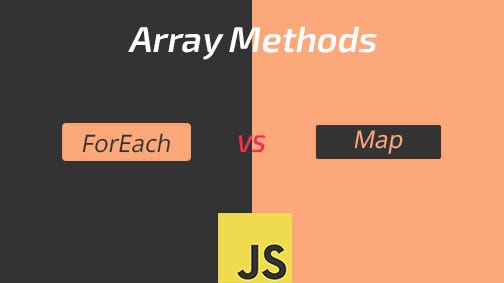Member-only story
JavaScript Functional Programming: Map, Filter, & Reduce
Unlocking Data Manipulation with JavaScript’s Power Trio

While the programming world adopts functional programming paradigms, JavaScript is not left behind. In fact, the language has tailored some of its most potent methods to facilitate functional styles.
Today, we’ll dive deep into three methods: Map, Filter, and Reduce. These array methods are the essence of manipulating data in JavaScript, and understanding them is crucial for any aspiring developer.
1. Map: The Transformer
At its core, the map method is about transformation. Given an array, map applies a function to each of its elements, returning a new array of the transformed elements.
let numbers = [1, 2, 3, 4, 5];
let doubled = numbers.map(n => n * 2);
console.log(doubled); // [2, 4, 6, 8, 10]Think of map as a factory assembly line. Every item (or element) passing through the line gets modified or transformed in the same way.
2. Filter: The Gatekeeper
Where map transforms, filter screens. It evaluates each element against a condition, returning a new array of elements for which the condition is true.










